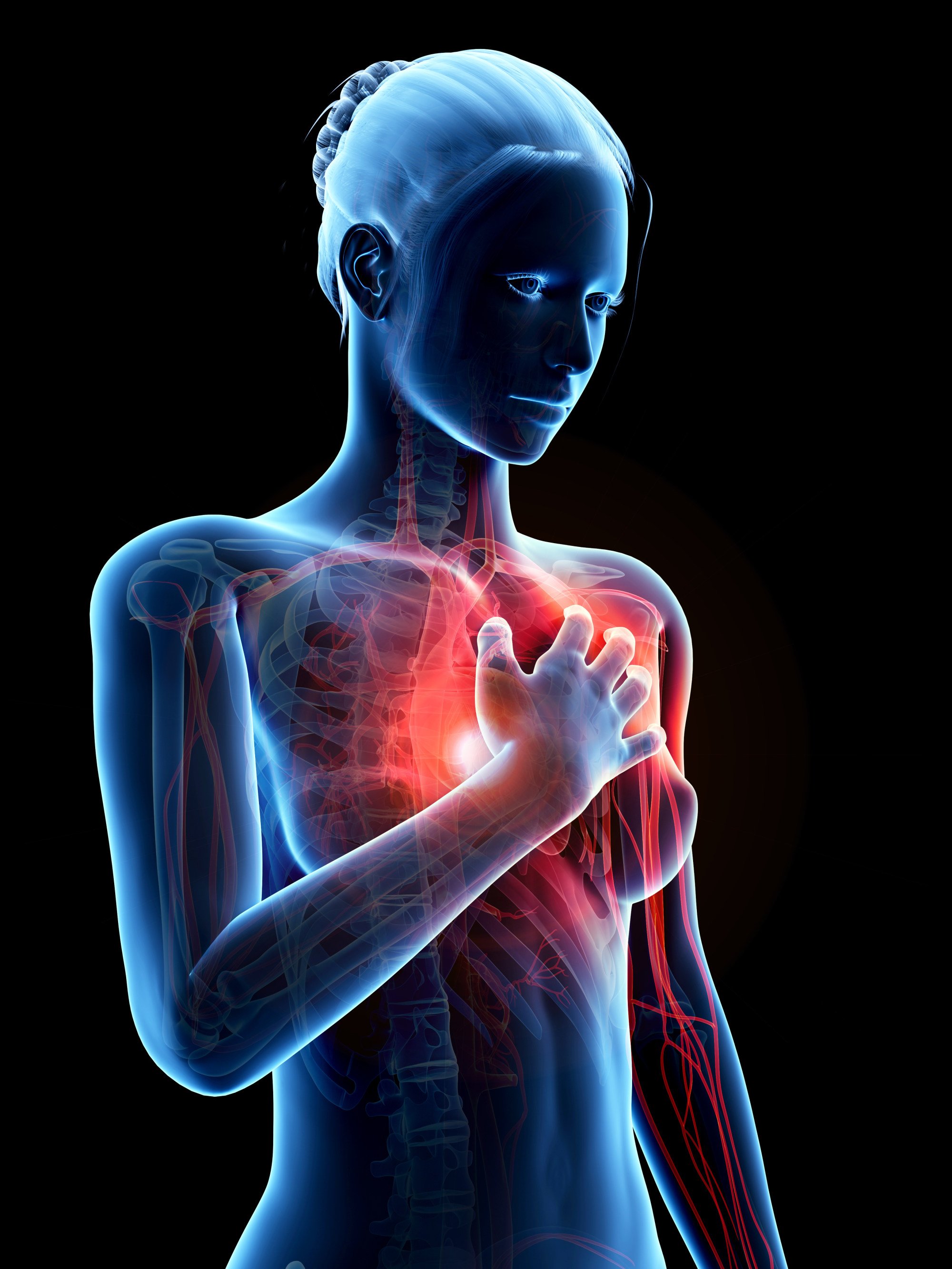After menopause women’s heart attack risk spikes; a study suggests why, and doctor describes the signs of an attack
At first, no one thought Nina White had suffered a heart attack.
Every detail of that day 10 years ago, when she was just 51, is sharp in her memory. She thought the tightness in her chest was overexertion from multiple trips up the ladder to the attic in her house. Her husband thought it was indigestion from tacos.
But her sister, who has a medical technology background, urged her to go to the accident and emergency and get a blood test that can detect heart attacks for a brief period after they have happened. When she got there, even the doctor told her he did not think she had had one.
Then the test came back positive for troponin, a protein released when the heart is damaged.

“It was horrifying,” said White, of Portsmouth in the US state of Virginia. “So many people die in the first year after a heart attack, and I was terrified. I was waiting for it to happen.”
“What you notice is women tend to have symptoms for longer,” Krishnan says. “It’s really bad by the time they come to seek help.”
New research may help explain the complex reasons heart attack risk increases sharply after menopause. There is now evidence that as their oestrogen level drops, women’s risk rises faster than that of men the same age.
Arterial plaque increased twice as fast on average in postmenopausal women than in men with similar demographics and medical status, according to research presented last month at an American College of Cardiology conference based on a study of 579 postmenopausal women. Arterial plaque reduces blood flow, which can lead to a heart attack.

Doctors have long known that oestrogen seems to provide protection against heart disease. But it is hard to pinpoint how menopause interacts with other risk factors, like genetics and lifestyle, in part because its onset and length vary so significantly among women.
“What this more recent study was showing is that we have some preventative testing that we can do to look at otherwise low-risk women, say ages 40 to 70, and see, is there anything else they should be doing?” Krishnan says.
White thought she was low risk. Other than her grandmother, whose heart attack the family attributed to smoking, she wasn’t aware of any family history of heart disease. Neither of her two older siblings had been diagnosed with it then.

However, White said she had a hysterectomy at age 42 because of severe endometriosis, a painful condition in which uterine tissue grows outside the uterus.
The effect a hysterectomy has on oestrogen production depends on what exactly is removed; if the uterus and both ovaries are removed, “surgical menopause” begins immediately. But even if only the uterus is removed and both ovaries remain, research shows that menopause is likely to begin earlier.
“It is very complex, because we know that oestrogen impacts so many things,” Krishnan says, mentioning vasodilation, or the widening of the arteries, and preventing insulin resistance among other benefits.
“So they’re looking at all different reasons you may not have enough oestrogen.”
Many women think the obvious solution would be to take oestrogen, Krishnan says, but it is not that simple. Depending on an individual’s medical history, taking oestrogen tablets could increase inflammation or blood clots or even contribute to developing cancer.

“That’s what makes it so unique for every woman on how to manage their risk,” Krishnan says.
Women’s symptoms during a heart attack are more likely to include dizziness, fatigue, and nausea, and women are more likely than men to dismiss chest pain as indigestion or overexertion, Krishnan says.
Almost every woman who has a heart attack tells Krishnan they did not realise it was happening. Many have said they just thought their bra was too tight.
But Krishnan says if women are feeling pressure or heaviness in their chest during routine activities such as cleaning the house, bringing in the groceries or making the bed, that could be cause for concern.
That does not mean exertion should be avoided. Regular exercise is one of the best ways to protect against heart disease, Krishnan says, and in animals aerobic training has been shown to mitigate the effects of oestrogen loss.

“A lot of people think, ‘It’s out of my control. It’s just what it is. Every woman in my family gets diabetes and hypertension.’ And that’s not true,” she says. “Staying physically active is so essentially important.”
Women should ask their primary care doctors about their heart health, Krishnan says, and if they’re having questionable symptoms or if they have a family history, they may need a cardiology appointment.
“You never want to feel like a ticking time bomb, and there are many people who feel that way,” Krishnan says.
Like what you read? Follow SCMP Lifestyle on Facebook, Twitter and Instagram. You can also sign up for our eNewsletter here.

